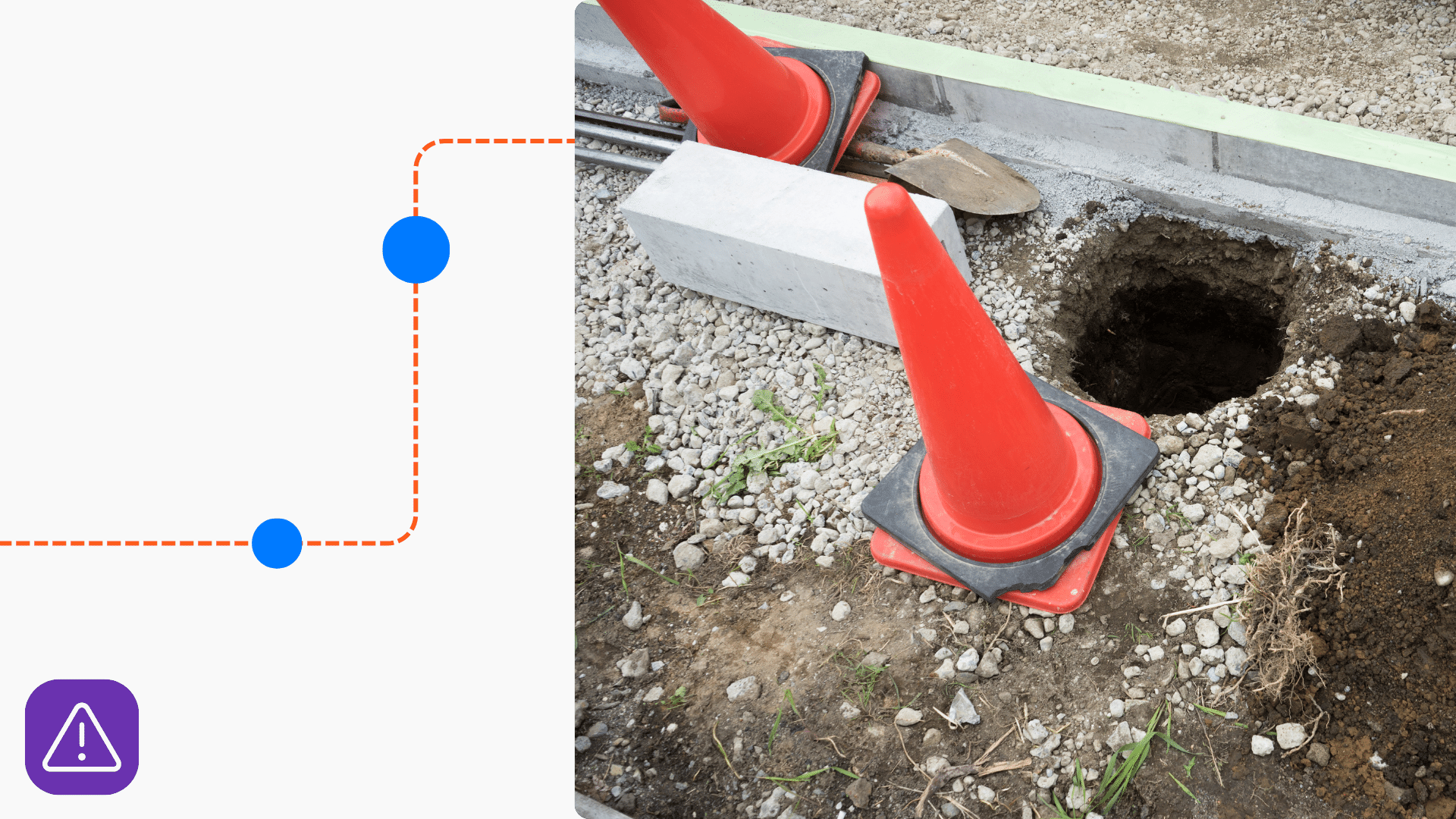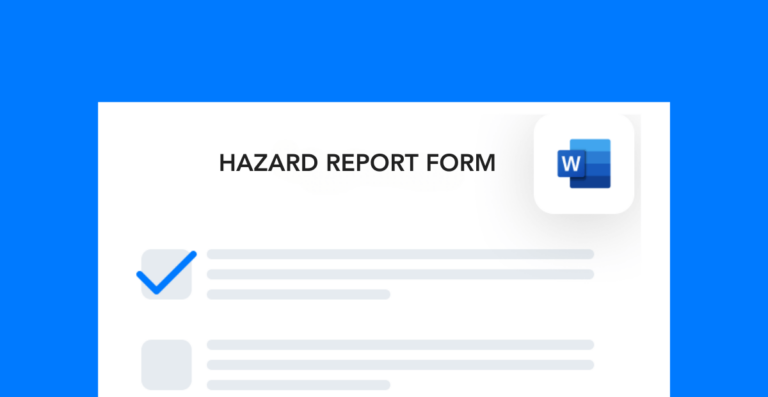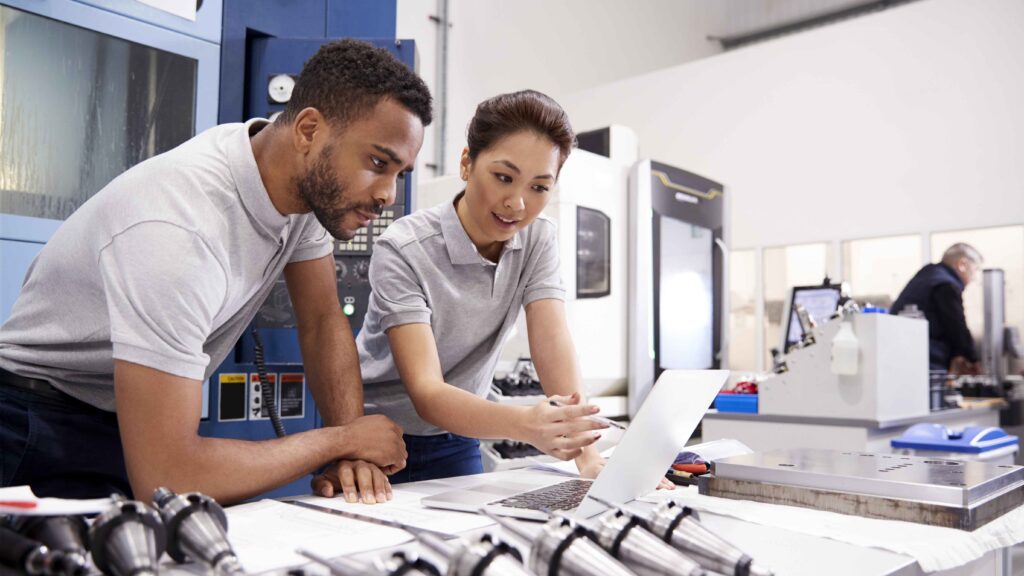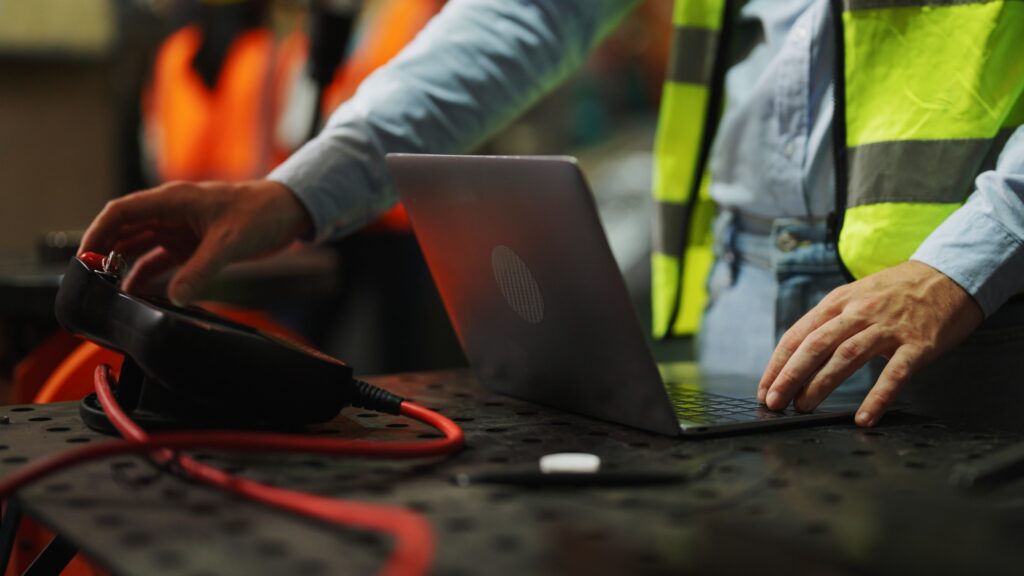Teaching workers how to navigate, control, and eliminate workplace hazards is essential for maintaining a safe work environment. Use this walking working surfaces toolbox talk to teach your team to control and eliminate these hazards for good.
Free form!
Download this free form for workers to report hazards when they see them.
Walking working surfaces toolbox talk overview
Here are the three main topics we want to touch on in this discussion:
- Walking working surface safety hazards
- Ways to protect yourself
- Dealing with hazards in real time
It’s important to recognize that we’re all responsible for keeping our walkways safe. Not only does this help prevent safety incidents, but it also makes work more enjoyable to come to each day.
Common ground safety hazards
Many of the hazards you’ll find on walking working surfaces go by unnoticed. And that’s because they come from everyday operations—things like tools, materials, and even the floor itself. Here are the most common safety hazards you’ll come across:
- Uneven surfaces (indoors or outdoors)
- Trip hazards and fall obstacles (clutter and debris)
- Holes
- Slippery surfaces (water, oil, chemicals, etc.)
In most cases, the key to avoiding injury is simply being aware of these hazards and taking steps to eliminate or control them.
Protect yourself from injury
Staying safe from walking surface injuries involves practicing good housekeeping and ensuring as safe a workspace as possible. Here are some tips for protecting yourself and others:
- Avoid storing tools and work materials on the floor.
- When you spill something, clean it up right away or put up a hazard sign.
- Clean as you go, so that you don’t accidentally create new hazards.
- Keep your shoelaces tied and secure.
- Choose slip-resistant footwear.
These preventative measures are great for personal safety, but the best way to navigate walking working surface hazards is to eliminate them when possible.
Controlling walking surface hazards
The rule of thumb is to eliminate hazards in real time if you can. Examples of how you can do this include:
- Cleaning up a mess or spill.
- Putting away workplace clutter.
- Use signs to identify hazards.
- Reorganize your work setup to be less hazardous.
- Walk slower in crowded areas to avoid incidents.
For more in-depth hazards like uneven surfaces or holes, then the best practice is to report them to management. You can request floor maintenance or repairs to ensure that the area stays safe in the future. Never assume that other people see what you see. If you come across a hazard, reporting it right away is the best way to prevent an incident.




